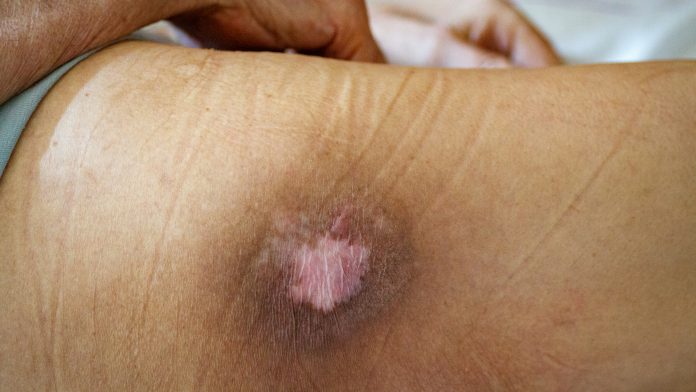Researchers have created a bio-ink made from hyaluronic acid and polyethylene glycol which could serve as a scaffold in order to grow human tissue.
A team of researchers from the School of Engineering at Rutgers University, USA, have developed a bio-ink for 3D printed material that could serve as scaffolds for growing human tissue to repair or replace damaged tissues.
In a study published in Biointerphases, researchers explain that bioengineered tissue shows promise in regenerative precision and personalised medicine whilst also having potential to aid product development and basic research.
“Instead of an ink colour for an inkjet printer, we want the mixture to have properties that are right for specific cells to multiply, differentiate and remodel the scaffold into the appropriate tissue.
“We focus on the stiffness of the gel and scaffold binding sites that cells can latch onto,” said senior author David Shreiber, a professor who chairs the Department of Biomedical Engineering in the School of Engineering at Rutgers University-New Brunswick.
Why is this bio-ink different?
Previous studies highlight that hyaluronic acid has many properties ideal for creating customised scaffolds but lacks the necessary durability for tissue. The engineers from Rutger University used modified versions of hyaluronic acid and polyethylene glycol to form a gel that was strengthened through chemical reactions.
“Both the stiffness and the binding sites provide important signals to cells,” lead author Madison Godesky said.
“What especially distinguishes our work from previous studies is the potential to control the stiffness and ligands independently through combinations of inks,” Godesky continued.
The team of researchers aspired to create a system where hyaluronic acid and polyethylene glycol serve as the basic ‘ink cartridges’ for 3D printing. This system would also feature different cells and ligands which serve as binding sites for cells.
The team of researchers from Rutgers University theorised that this method of creating bioinks would be adapted to print gel scaffolds with the structural integrity, cells and ligands, based on the type of tissue desired.







